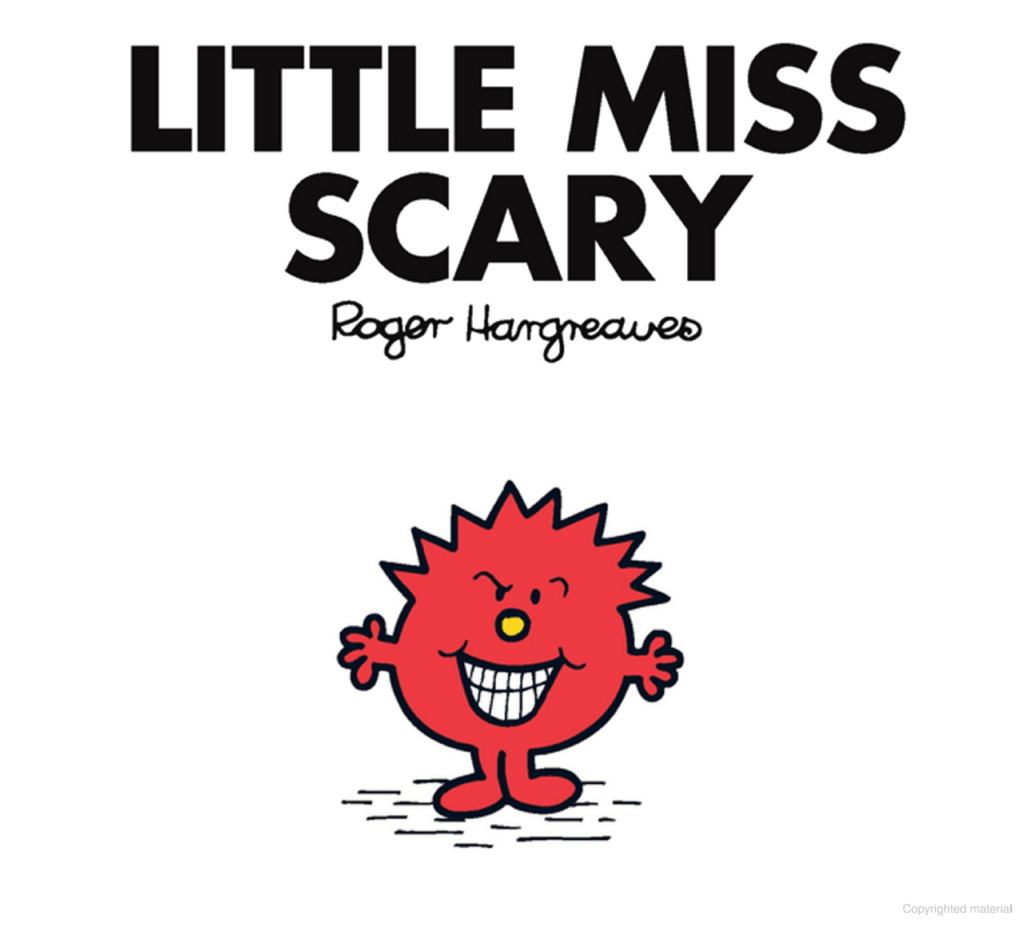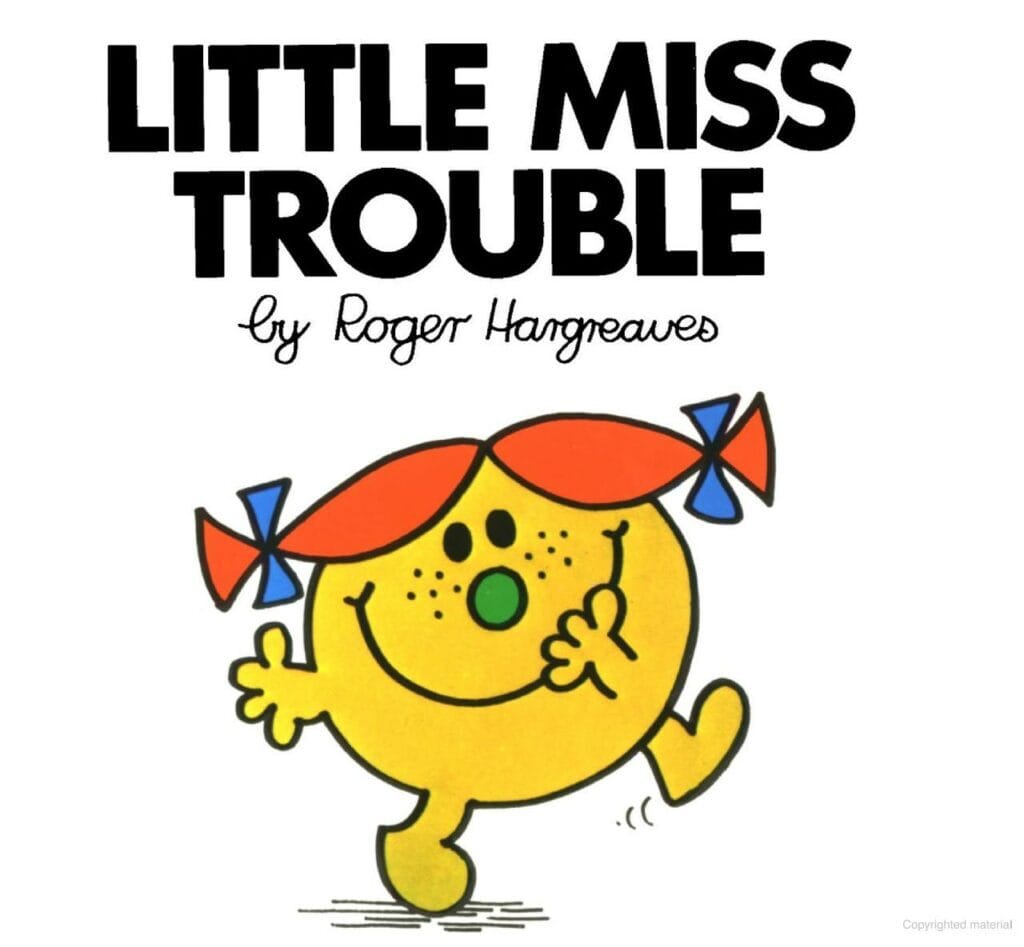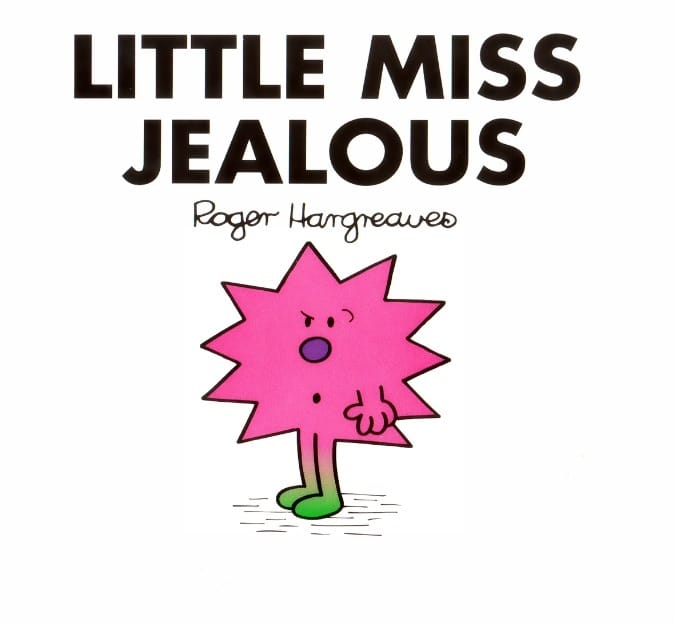
The major Bay Area faults. Image courtesy of UC Berkeley SeismoLab. “Pacific Ocean” in German for scale.
Mr. Worry: the San Andreas Fault

ⓒ Charles Roger Hargreaves
The title of Mr. Worry goes to the San Andreas Fault, since he worries the whole state of California.
The San Andreas is arguably the world’s most famous fault. It leveled Los Angeles with a fictional M9.9 in 1974’s cleverly-titled Earthquake. Casualties included characters played by Charlton Heston, Ava Gardner, and the front lawn of Zsa Zsa Gabor. Superman sealed the fault in 1978’s Superman: The Movie, foiling Lex Luthor’s plot for beachfront property. In 2015, the fault got its own film. Dwayne “The Rock” Johnson nearly drove himself and Carla Gugino into the tectonic crevasse opened by a M9.6 earthquake.
It’s no surprise Hollywood’s got it all wrong (Bad science at the movies? You don’t say!). The fault lacks enough surface area to store up sufficient energy for an earthquake stronger than M8.2. Coastal California will not “fall into the ocean,” because the forces pinching the fault shut are always at work. It can’t open up and it certainly can’t be sealed, damage undone. By reversing the rupture, Superman effectively returned the fault to the precipice of catastrophic failure.
That’s not to say Mr. Worry isn’t worrisome. In 1906, the San Andreas leveled San Francisco with a M7.9 that claimed over three thousand lives. An offshoot of the fault generated the 1989 Loma Prieta earthquake, which struck during the warm-up for World Series Game 3. In Los Angeles they worry about the Great Bend, a segment that last failed in 1857 and has remained ominously quiet since. Also of concern is the southernmost stretch, called the Mojave segment, which hasn’t ruptured since ~1680. The longer Mr. Worry waits, the worse the outcome will be.
As for San Francisco, the chances of a damaging earthquake from the San Andreas Fault stand at 22%.
Mr. Quiet: the San Gregorio Fault

ⓒ Charles Roger Hargreaves
Where the San Andreas mostly occupies land, the San Gregorio lives mostly underwater. The San Gregorio is one of California’s longer faults, and that’s important. The length and width of a fault determines how strong its maximum yield can be. At eight hundred miles long, that’s where the San Andreas gets most of its strength. However, it only extends roughly twelve miles into the crust before the rock gets too gooey to break cleanly. No breakage, no earthquake.
Mr. Quiet San Gregorio lives in the seismic equivalent of Loudland. Practically every other Bay Area fault is more active than he. He earned that name because we never hear from him, not one peep since the state’s colonization. Quietude could mean one of two things. First, it could mean the fault doesn’t have to accommodate very much strain. Or, the fault is clamped so tight that one more unit of stress will set it off. Thankfully scientists side with the first one. The last time the San Gregorio Fault hosted a powerful quake was somewhere around 1200 CE.
Seismologists gave this fault a two percent chance of rupturing in our lifetimes.
Little Miss Scary: the Hayward Fault

ⓒ Charles Roger Hargreaves
Little Miss Scary enjoys scaring people. She got me good back in October 2011 with a M4.0 during my freshman year art studio course. Since the CCA-Oakland campus lay less than a mile from the fault, the tremor hit with considerable force. We were all sprawled out on the rubberized floor carving paper sculptures when the building lurched without warning, sending two of my classmates screaming into the hall.
This Bay Area fault, a highly active branch of the San Andreas System, stems from the Calaveras near Alum Rock. It formed the Berkeley Hills, running from San José to Point Pinole, where it dives beneath San Pablo Bay. The last major quake struck in 1868, rupturing only the fault’s southern half. The northern end, cutting through Berkeley, El Cerrito, Richmond, and San Pablo, may not have failed since the 1300s.
The Hayward Fault rightfully earned the title of Little Miss Scary. She feeds off our fears, her grubby little fingers poised above a seismic detonator. KQED accurately hailed it the “most urbanized fault in the nation.” Throughout her reign as the Bay Area’s most dangerous fault, she has cut sewage lines, cracked the foundations of still-occupied homes, split UC Berkeley’s Memorial Stadium in two, and turned Hayward’s original City Hall into a haunted house.
The 1868 event was so violent, San Franciscans called it “the Great Earthquake” for the next thirty-eight years. The fault’s western half, where most East Bay residents live, jumped north-northwest by six feet in a matter of seconds. The rupture furrowed the ground as far north as Berkeley. Today, a large portion of that rupture lies beneath California State Highway 13.
Scientists agree the Hayward Fault has the highest odds of failure by mid-century, at 33%.
Little Miss Trouble: the Rodgers Creek Fault

ⓒ Charles Roger Hargreaves
She’s got a lot going for herself. Once thought to be its own branch of the San Andreas Fault System, the reach of the Rodgers Creek Fault has proven much further. Seismologists discovered in 2015 that the 39-mile fault actually connects with the Hayward Fault’s northernmost end below San Pablo Bay. Factor in Little Miss Scary’s 74-mile length and you get one hundred and thirteen miles of broken crust. It ups the ante to M7.4, four times the strength of what the Hayward Fault can throw at us. That’s almost a minute and thirty seconds of violent shaking.
Here’s what’ll happen with Little Miss Trouble, and eventually all the faults on this list. An earthquake nucleates like an explosion underground. It may rocket north-to-south along the fault, south-to-north, or bilaterally: two directions at once. The 1906 San Francisco earthquake ruptured in both directions from an epicenter just beyond the Golden Gate. Unilateral ruptures focus that energy like a bowler does the ball. Cities in the path of a northerly rip on the Rodgers Creek Fault include Petaluma, Cotati, and Santa Rosa. Little Miss Trouble indeed.
Currently, the Rodgers Creek Fault has a 27% chance of slipping.
Little Miss Chatterbox: the Calaveras Fault

ⓒ Charles Roger Hargreaves
Calaveras means “skulls” in Spanish. Paired with a name like Little Miss Chatterbox, it’s giving visions of cackling skulls and I live.
Like myself, Little Miss Chatterbox never shuts up. Neither does the Calaveras Fault. She’s that coworker whose life is a walking disaster and yet she still keeps a sunny disposition. Even between the occasional moderate earthquake, she is constantly “on.”
The Calaveras Fault is the only one directly connected to the San Andreas proper, and it’s also the fastest. It splits off in San Benito County and undercuts the towns of Hollister, Gilroy, and Morgan Hill, moving at an impressive 12mm a year. The seismic phenomenon known as fault creep was first observed along the Calaveras, primarily because of how fast it moves. A sizable portion of the fault moves slowly without causing too many earthquakes. Rather, it gradually reshapes the land and deforms the infrastructure on top.
The Calaveras Fault is by far the most talkative of the bunch. Take a look at any live earthquake map of the Bay Area. It is always alight with tremors, most of them too small for us to feel. Like my oldest sister did, she ties up the phone line all night, a lone bulb flickering on a switchboard.
For all her grumbling, Little Miss Chatterbox has a mere 11% shot at being the One. Let her dream big.
Little Miss Jealous: the Concord-Green Valley Fault

ⓒ Charles Roger Hargreaves
We all have a friend who used to live in the City but has since moved to Concord. This is especially true for young parents. Out with Mission burritos, in with Dave & Busters, excess heat, and car dependency. Fuck “cheaper rent.” Why do that to yourself?
No matter how they hide it, that friend is jealous of your lasting San Francisco residency. The same goes for the Concord-Green Valley Fault. While her latest hurrah was a M5.4 in 1955, mile for mile, she’s almost as populated as the Hayward Fault. She’s just as cute as the Hayward Fault. Concord-Green Valley is just as smart as Hayward, people totally like Concord-Green Valley just as much as they like Hayward, and when did it become okay for one person to be the boss of everybody, huh? Because that is not what seismology is about, we should totally just STAB HAYWARD.
Aww. Don’t be jealous, C-GV Fault. Your 4% odds don’t make you any less of a threat. Also, I left out your ugly stepsibling, the Greenville Fault. Doesn’t that cheer you up?
Mr. Bounce: the Mount Diablo Thrust Fault

ⓒ Charles Roger Hargreaves
From KRON4:
“Unlike the other faults within the Bay Area, the Mt. Diablo Fault does not break the Earth’s surface. Rather it is a blind thrust-fault, where the rocks to the southwest are forced over the rocks to the northeast of the fault line. The fault acts essentially as a ramp, and movement upward along the fault is expressed at the surface as folding rather than fault rupture.”
The Mt. Diablo Thrust Fault is responsible for the eponymous double-humped peak, which gains about one additional millimeter each year. Quakes on this fault are rare at an annual three percent possibility, but when it happens, you’ll never forget it. Most Bay Area faults are strike-slip systems. One side moves parallel to the other, almost always to the right no matter which side you stand on. Subsequently, the earthquakes they produce are dominated by horizontal movement.
Not this one. Mount Diablo gets the Mr. Bounce award because it cuts into the earth at an angle. The resulting movements are primarily vertical. The 1994 Northridge earthquake occurred on a blind-thrust fault, named for its lack of a visible surface signature. Buildings leapt from their foundations, achieved a brief moment of weightlessness, and slammed back down with killer force. Survivors described it as a bomb going off beneath their homes. However, if you live on or around Mount Diablo, don’t worry too much about this particular scenario Should anyone find themselves suffering from seismic anxiety, follow the advice of Miss Mariah Carey.
I just gotta shake you off (everybody just, everybody just bounce).
–Mariah Carey
All jokes aside, a large and damaging earthquake threatens to strike anytime. That means you should be prepared. What’s your earthquake kit look like? Do you even have one? Now’s the best time to cobble one together. Do it while the earth is resting. It won’t stay that way forever.
The post Little Miss Bay Area Fault Lines appeared first on Broke-Ass Stuart's Website.









